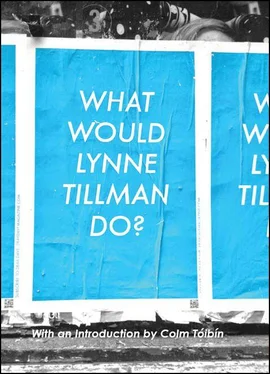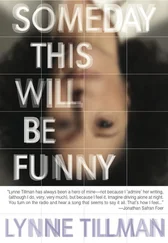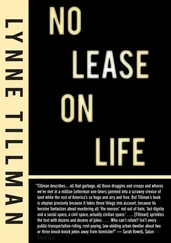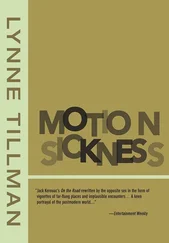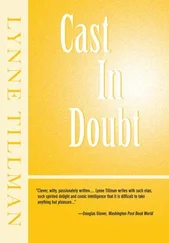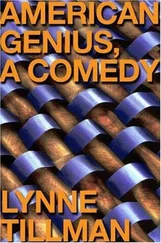When Lily holds Nettie’s baby, at first the child
seemed as light as a pink cloud or a heap of down, but as she continued to hold it the weight increased, sinking deeper, and penetrating her with a strange sense of weakness, as though the child entered into her and became a part of herself . (II, 13, 245-6)
Wharton fashions another tableau vivant , a Madonna and Child (by Bellini, let’s say), and paints the badly mothered Lily Bart into it. In a moment of devastating psychological revelation, Lily is transformed as the infant enters her. The baby becomes a lost part of her, an adult still so little, so undeveloped, she’s as weak as a baby, or she is the baby.
[ Nettie: ] “Wouldn’t it be too lovely if she grew up to be just like you?” [Lily: ] “Oh she must not do that — I should be afraid to come to see her too often .” (II, 13, 246)
Now Wharton’s gone Gothic again, writing a ghost story. Lily foresees her death, and, as a ghost, could return to visit the real Lily Bart, who has never actually existed. The baby could become the person she might have been, had she been loved and able to thrive. At Nettie’s warm hearth, Lily’s heartless mother is a spectral presence, with Lily’s pathetic, beaten-down father hovering in the corner where her mother placed him. (What kind of man could Lily love after him? Or, even, could Lily really love a man after him?)
***
One may distinguish the novel of situation from that of character and manners by saying that, in the first, the persons imagined by the author almost always spring out of a vision of the situation, and are inevitably conditioned by it, whatever the genius of their creator; whereas in the larger freer form, that of character and manners (or either of the two), the author’s characters are first born, and then mysteriously proceed to work out their destinies . (Writing, 89)
In writing and design, Wharton strove for clean lines and economy, to remove excess. Lily’s excessive, a disturbance within the social structure. It’s rotten, but she’s a character formed inside its rooms. Lily wanted to be an original, and Wharton, conflicted and ambivalent about the new, gave her enough rope to hang herself — trapping her between the novel of situation (or circumstance and circumstantial evidence) and the novel of character. Through her imperfect heroine, Wharton proclaimed the vivacious allure of freedom, the voracious seductiveness and promise of modernity and change, with all its destructive potential, and the helplessness of individuals before the claims and blind dictates of society in which women and men lived. But she didn’t allow them a talking cure, and her characters have very little room in which to negotiate happy endings.
***
Another unsettling element of modern art is that common symptom of immaturity, the dread of doing what has been done before; for though one of the instincts of youth is imitation, another, equally imperious, is that of fiercely guarding against it . (Writing, 17)
Original vision is never much afraid of using accepted forms [ my emphasis]; and only the cultivated intelligence escapes the danger of regarding as intrinsically new what may be a mere superficial change, or the reversion to a discarded trick of technique . (Writing, 109)
There is one more thing to be said in defence of conformity to style; and that is, the difficulty of getting rid of style. Strive as we may for originality, we are hampered at every turn by an artistic tradition of over two thousand years. Does any but the most inexperienced architect really think he can ever rid himself of such an inheritance? He may mutilate or misapply the component parts of his design, but he cannot originate a whole new architectural alphabet. The chances are that he will not find it easy to invent one wholly new moulding . (Decoration, 15)
When I read the last quote to Laura Kurgan, an architect, she said, “You could get rid of the molding entirely.” It’s what the modernists did.
I have discovered the following truth and present it to the world: cultural evolution is equivalent to the removal of ornament from articles in daily use. Don’t you see the greatness of our age lies in its inability to produce a new form of decoration? We have conquered ornament, we have won through the lack of ornamentation. for ornament is not only produced by criminals; it itself commits a crime, by damaging men’s health, the national economy and cultural development . 7
Adolf Loos wrote his famous essay, or manifesto, “Ornament and Crime,” in 1908. Wharton’s work on houses and decoration preceded it by a decade. She was in line with Loos, and the modernists, to a point.
It is the superfluous gimcrack — the “ornament”—which is most objectionable, and the more expensive these items are the more likely they are to harm . ( Decoration , 177)
The supreme excellence is simplicity. Moderation, fitness, relevance. There is a sense in which works of art may be said to endure by virtue of that which is left out of them, and it is this “tact of omission” that characterizes the modern hand . (Decoration, 192)
Wharton appreciated simplicity and omission. But she could see the reason, rhythm, and logic of certain kinds of decoration.
While plain paneling, if well-designed, is never out of keeping, the walls of a music-room are especially suited to a somewhat fanciful style of decoration. Fewer changes are possible in the “upright” [piano]; but a marked improvement could be produced by straightening its legs and substituting right angles for the weak curves of the lid. The case itself might be made of plainly paneled mahogany, with a few good ormolu ornaments; or of inlaid wood, with a design of musical instruments . (Decoration, 146-7)
Slavoj Zizek, lecturing at New York University, once urged the audience I was in to throw out the baby but keep the bathwater. Wharton wanted to keep the bathwater. Her disinclination to throw out everything — except what she called the “horrors”—makes her a vital candidate for rereading and rethinking. Wharton relentlessly forced her characters to live, and die, struggling against or submitting to conventions, acknowledging their contradictions, while trying to create paths through or around rigid social customs. They were usually blocked. She did not imagine a utopia. She didn’t see a way of divorcing the past from the present. She didn’t see the necessity of abandoning all traditions or styles. Even molding, in proportion to the room, could be beautiful.
It is a curious perversion of artistic laws that has led certain critics to denounce painted architecture or woven mouldings. As in imaginative literature the author may present to his reader as possible anything that he has the talent to make the reader accept, so in decorative art the artist is justified in presenting to the eye whatever his skill can service to satisfy its requirements nor is there any insincerity in this proceeding . (Decoration, 40)
Her ideas were modern — she wanted to clear house of nineteenth-century vestiges, stuffed chairs and stuffed shirts, to question conventions and numbing, absurd traditions, but she was far from being a card-carrying modernist. Wharton was skeptical about the new, not positive that progress was progress, not sanguine about the future of the joys of speed and flight, as the futurists were; she took off and looked back over her shoulder at the past. She doesn’t fit comfortably into the modernist canon and has suffered for it.
Architecture articulates space, the movement within walls and without them, delineates the relationships of the built to the unbuilt and surroundings. Wharton’s prose makes its own particular space, its complex borders pierced by new and old. It’s one of those uncanny pieces of fate — less colloquially, historical overdetermination — that her reputation, her literary place, is inflected not just by her idiosyncratic relationship to Modernism but also by three biographical facts: She was female, upper-class and Henry James’s younger friend. Not mentioning James in relation to her is like not mentioning the elephant in the room, a room which she did not, of course, design. Her critical reputation stands mostly in his large shadow. (Her primary biographer R.W.B. Lewis’s first sentence in his introduction to the House of Mirth begins “Henry James. ”) 8Few U.S writers who are women make it, as the song goes, to standing in the shadows of love, critical love. (And her books were about love, its promise and seductiveness, its inevitable impossibility within a harsh, prohibitive world.)
Читать дальше
